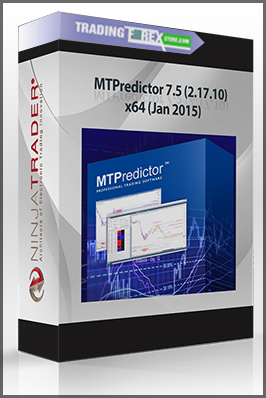Blending Quantitative & Traditional Equity Analysis by CFA Institute
$17.00
- Description
Description
Blending Quantitative & Traditional Equity Analysis by CFA Institute
Forex Trading – Foreign Exchange Course
You want to learn about Forex?
Foreign exchange, or forex, is the conversion of one country’s currency into another.
In a free economy, a country’s currency is valued according to the laws of supply and demand.
In other words, a currency’s value can be pegged to another country’s currency, such as the U.S. dollar, or even to a basket of currencies.
A country’s currency value may also be set by the country’s government.
However, most countries float their currencies freely against those of other countries, which keeps them in constant fluctuation.
Size: 4.5 MB
The full range of profitable investment opportunities is clear only to those who understand the impact of nonlinear dynamic processes. This proceedings provides examples of the opportunities–and the problems–investors are likely to encounter in using either traditional techniques of equity analysis or quantitative approaches.
Blending Quantitative and Traditional Equity Analysis
Ten years after the first ICFA seminar on the use of quantitative techniques, these proceedings offer a primer on today’s nonlinear quantitative techniques and the potential these techniques have for enhancing investment analysis. At the same time, both theoreticians and practitioners clarify the pitfalls that the approaches contain due to the limitations of statistical tools. Neural networks and their kin do not eliminate the problems of data mining or survivorship bias that exist with any modeling technique. A number of the speakers stress that the more powerful the technique, the more important it is to control it through sound theory and good sense about the investment world. Proceedings of the seminar “Blending Quantitative and Traditional Equity Analysis” (March 1994).
Get Blending Quantitative & Traditional Equity Analysis by CFA Institute at bestoftrader.com















